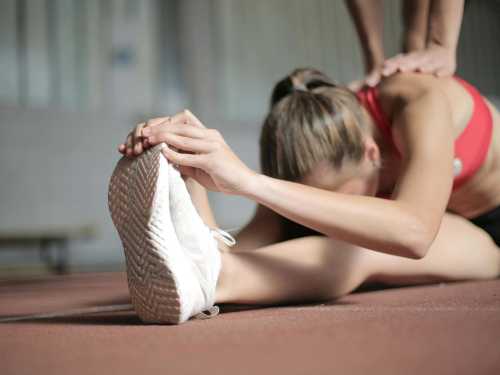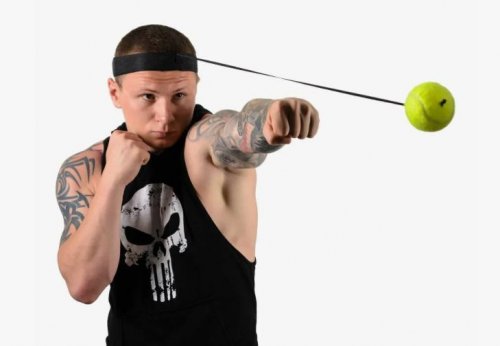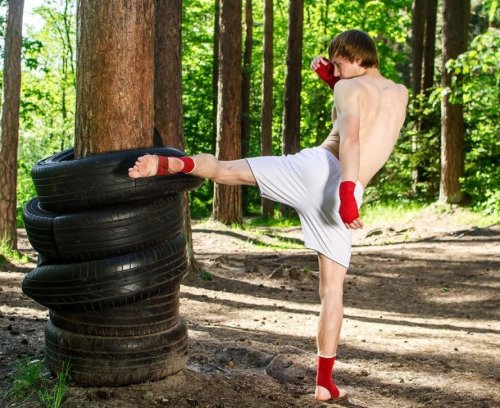
Let's talk about them.
Psychological problem
You are always collected and love to control everything, I understand and congratulate you, but your body gets used to being in a compressed, tense state. It is this spring effect, formed over years of stress, that accumulates in the muscles and does not allow you to relax while doing exercises. It is as if you are constantly fighting with your nervous system, which sends danger signals to the body, and it contracts. In addition, the twine is a very vulnerable position, it seems that if you sit down, you will definitely not get up, so it is especially difficult for girls-“controllers” to reach the floor. The solution is very simple – first you need to “stretch your brain” so that a wide amplitude is a kind of norm for it. This can be done by combining breathing and movement, regular and attentive practice.
Hormones to blame
Surprisingly, but the fact is that stretching depends on the level of estrogen, which in the female body affects a lot of things, by the way. If it is low, then “get/sign up” for crunching joints, stiff muscles and a feeling of stiffness. Stiffness can also be caused by increased cortisol, as well as a feeling that can be described as “uncomfortable in your body”. If you add to the list the fact that in each phase of the cycle, muscles react to stress differently (spoiler: the ovulatory phase is simply intended for deep stretching), then there is nothing left but to take tests and check the main hormones. It will not be superfluous — that's for sure.
Guilty injuries
If you are already a little over 18, then I think you are aware of what back and neck pain is, how the lower back aches after a shock pumping of the press. By a certain age, our history already has enough injuries (including untreated ones) and accumulated problems such as hernias, protrusions, cracks. It would seem, how does this purely medical aspect affect stretching? Very actively, I will answer. The spine is the only system that is very complicated: it hurts in one place – it compensates for another, and the problem is in the third. For example, if you have problems with your lower back, then it will be difficult for you to put your back thigh in the splits on the floor, it limits movement. In injuries – when there is a cicatricial tightening of the skin – tendons, ligaments, fascia, there is a contracture (permanent or temporary restriction of mobility in the joint), and something needs to be done about it too. I recommend starting with an MRI to get an accurate picture, because a number of exercises are categorically contraindicated for people with back problems.
Strategic mistake
The splits are a mini-puzzle, you need to stretch the hamstrings, the back of the thigh, the groin, and you're done, but in reality I see the unsystematic use of mutually exclusive exercises, aimed more at children than at adults. Former gymnasts and ballerinas come to the teachers, who were dragged along by the old school – through pain and tears, now they pull others – as best they can. This is a very big mistake: in the worst case, there will be an injury, in the best case, there will be no result. It is better to choose a trainer with an individual approach, where the emphasis is more on active flexibility and dynamics than on “now we will add, and you suffer.”
Incorrect time estimation
“Everything is possible, it’s just that the impossible takes more time” is my favorite motivating phrase. Don’t believe the loud promises of “twins in a month”, this format is only realistic for people with connective tissue hyperplasia or joint supermobility, the rest will be severely disappointed. It will take as much time as necessary, forcing things is painful and stupid, some muscles take up to a year to recover after stretching. It is much more effective to move forward step by step, but to do it at least two or three times a week, combining stretching with MFR (myofascial release) massage.
Джерело: ukr.media






